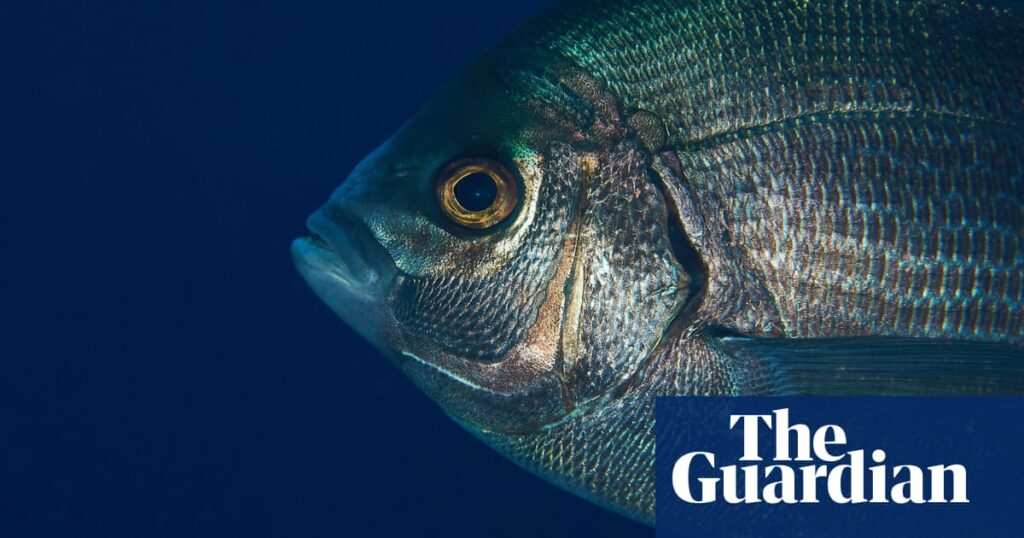Introduction
Recent research has revealed that wild fish can differentiate between people based on their clothing colors. This fascinating study opens new avenues for understanding the intelligence and social capabilities of wild animals, particularly fish. Traditionally, it’s believed that animals close to humans, like dogs and cats, can recognize individual humans. However, knowing that wild fish possess this ability is a discovery that could change how we relate to and treat these creatures.
The Discovery
Researchers have found that certain species of wild fish, specifically the saddled seabream and black seabream, can tell two divers apart simply by the colors and patterns of their diving gear. This study highlights how wild fish can adapt their natural behaviors to recognize unique human characteristics.
Research Background
Maëlan Tomasek, a lead researcher from the Max Planck Institute of Animal Behaviour in Germany, emphasizes that fish use basic mechanisms they naturally employ in their lives to identify humans. The study was conducted in open waters of the Mediterranean Sea and entailed a series of well-planned experiments.
The Experiment
The research was carried out over several stages, focusing on teaching fish to recognize and follow a human diver. Here’s a breakdown of how the experiment was structured:
Teaching Phase
- Training Duration: A researcher spent 12 days training the fish to follow her.
- Food Motivation: The trainer offered food to the fish to encourage them to associate her presence with a reward.
- Reward System: Only the fish that followed the trainer received the rewards, creating a direct connection between the trainer and the fish.
Recognition Trials
Once the fish learned to follow one diver, another researcher joined the training but wore different outfits:
- Identical Gear Scenario: Both divers wore matching diving gear.
- Different Colors Scenario: The second diver wore gear with distinct colors and patterns.
- Execution of Trials: The divers swam off in separate directions before returning to repeat the training process.
The study included 30 trials for each type of outfit, and video recordings were used to track which diver the fish followed more often.
Key Findings
The results were intriguing:
Outfit Differences
- When the divers wore different outfits, the fish showed a significant preference for following the trainer over the other diver.
- Over time, as trials continued, this preference became even stronger, indicating that some fish were learning which diver to follow.
Identical Outfits
- Conversely, when both divers wore identical outfits, the fish did not display a clear preference for either diver. This suggests that fish rely heavily on visual differences to make their choices.
Implications of the Study
Researchers concluded that wild fish, with no prior familiarity with humans, utilize visual cues—such as color and pattern— to identify divers. This discovery implies that fish have a level of cognitive ability that allows them to learn and adapt to their environment, including recognizing humans.
Changing Perspectives on Fish
Tomasek encourages a reevaluation of how we regard fish. Traditionally seen merely as animals for consumption, this study raises ethical questions about their treatment. If fish can exhibit care for individual humans, should we not, in turn, consider their welfare and intelligence more seriously?
Conclusion
The ability of wild fish to recognize individual humans based on their clothing is a remarkable revelation about the sophistication of animal behavior in natural settings. As we deepen our understanding of these creatures, it’s crucial to reflect on our relationship with them. This discovery not only enhances our knowledge of fish behavior but also promotes a broader conversation about compassion and respect for all living beings. As researchers continue to explore these dynamics, we may find ourselves in a position to advocate for more ethical treatment of wildlife, acknowledging their intelligence and capacity for awareness.
